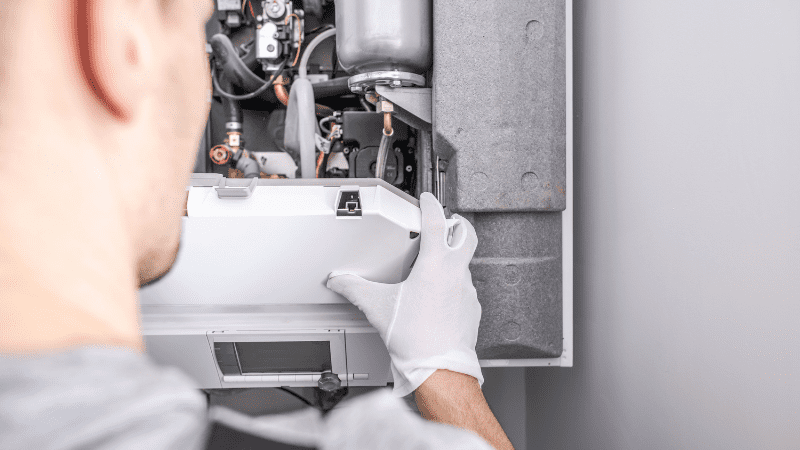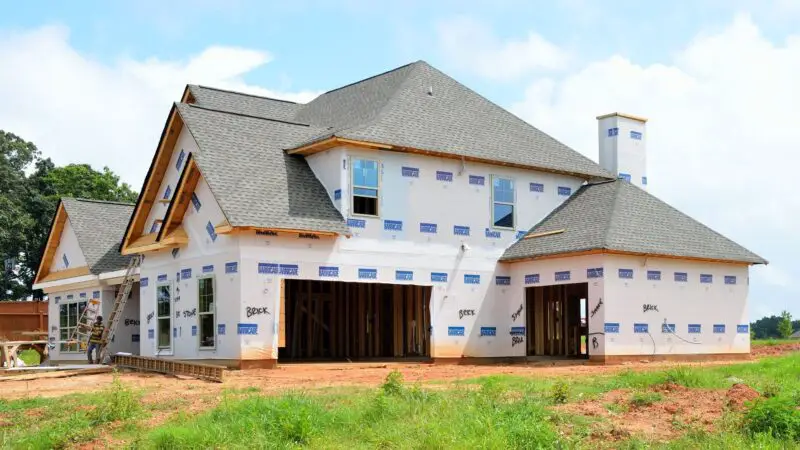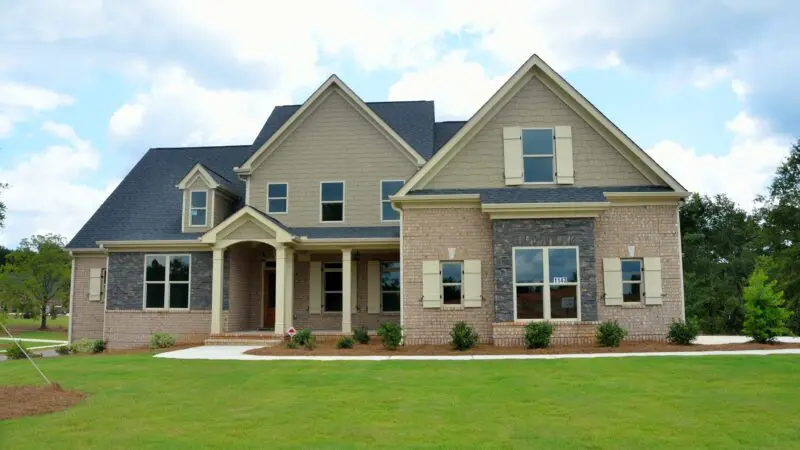In most homes, a furnace is used to heat the home in cold weather, so the question of whether or not Texas homes have (and need) a furnace is a common one.
Texas homes do typically have furnaces. In fact, in most areas of the country, homes are equipped with furnace systems that heat the air in the house. But, in case you’ve been living under a tree, you may want to get out and get a brief on what a furnace actually does.
There are several different kinds of furnaces, including forced air, evaporative, and heat pumps. In this blog post, we’ll go over what a Texas home might have in terms of a furnace and which type might be the most appropriate for your home.
Do You Need a Furnace in Texas?
Before we get into the different kinds of furnaces and how they work, let’s first discuss whether you need a furnace at all. According to the U.S. Energy Information Administration (EIA), in 2021, there were nearly six thousand heating degree days in the United States. That means that Americans worked hard and spent a lot just to keep warm!
What does this mean? It means that a furnace is an incredibly important piece of equipment for your home’s heating system. A furnace can help you save on your energy bill by keeping your home at a constant temperature, and it can save your home from water leaks that could cause damage to your walls and ceilings.
So, if you live in Texas or any other part of the country with mild winters, then you definitely need to have a furnace installed inside your home. If not for yourself or for other people living in your house, then for those living down the street or across town.
What Kind of Furnace Is Right for a Texas Home?
If you’re wondering which type of furnace is right for your home, the primary deciding factor is size. Most home heating systems are sized to heat the largest room in your home, and with the largest furnaces coming in at over 3000 square feet, that’s usually the family room.
Typically, outdoor furnaces are sized to heat the largest outdoor space. This is important if you have large outdoor areas such as porches or patios and want to keep those areas as warm as possible during the cool season.
Forced air heating systems are the most common type of heating in the U.S. and are also the oldest type still in use. Forced air heating systems work by extracting heat from the air using air filters and then condensing it back into the air stream that is sent back into the house.
Heat Pump Vs. Forced Air
Heat Pumps are electrical systems that use a refrigeration system to extract heat from the air and transfer it to a storage unit or reservoir. The heat transferred to the storage unit is usually infrared, a technology that doesn’t Channel warm air from one room to another but instead uses a process of conduction.
With a heat pump, on the other hand, warm air is taken from an air source and displaced by cold air in another location. With mechanical systems, such as a forced-air system, the primary source of cold air is the outdoors, while the solution of warm air is the indoor portion of the system.
A heat pump works on the same principles as an air conditioner, but instead of extracting heat from the air, with a heat pump, the heat is transferred to a storage unit or source of heat. A heat pump may be connected to an electricity source or powered by a combustion engine.
Indirect-flame Vs. Direct-flame
Indirect-flame heating devices use heat from an outside source to warm a room inside the house. A good example of this is an electric fireplace, which heats a room using heat from an electric outlet.
Direct-flame heating systems, on the other hand, are gas-fired and heat a room directly from the gas fire.
A direct-flame furnace, like an electric fireplace, will heat a room using heat from an outside source. The major difference between an electric fireplace and a direct-flame furnace is the placement of the electric elements. A direct-flame furnace has an element directly on the floor, while an electric fireplace is built-in and positioned above the fireplace.
How Does a Texas Furnace Work?
When most people think of a furnace, they think of a gas-fired heating device. However, in reality, there are several different types of furnaces. The types we have mentioned are the most common, but there are several others on the market that may be appropriate for home heating in Texas.
Type I and II furnaces are both direct-flame. Type III and IV furnaces use both a direct-flame and indirect-flame technology to achieve the desired heating and cooling result.
Conclusion
In the end, a Texas furnace really comes down to personal preference. If you’re primarily interested in keeping your home comfortable throughout the year, an indoor unit is generally sufficient. However, in warmer months, when you’re not using the house as much, a portable unit is often more appropriate.





